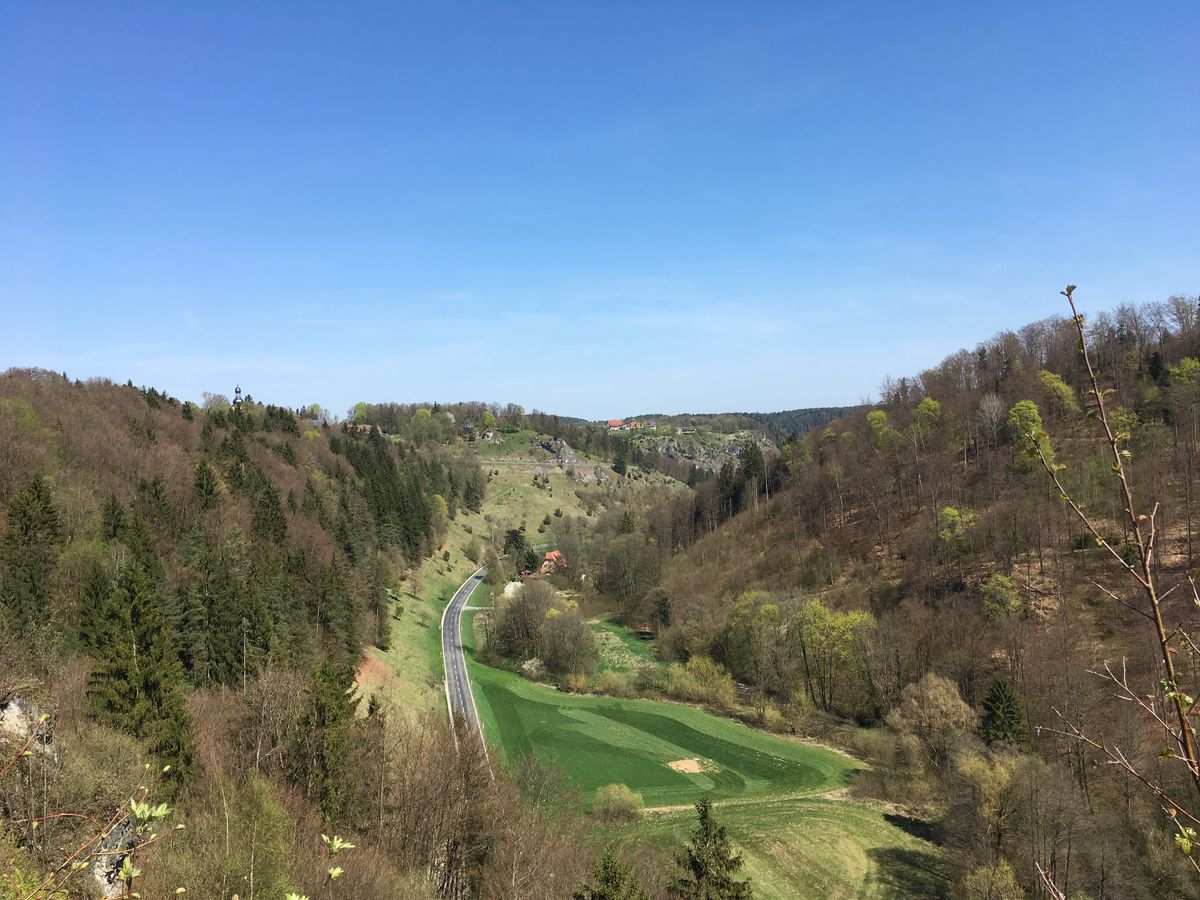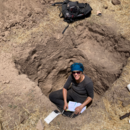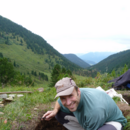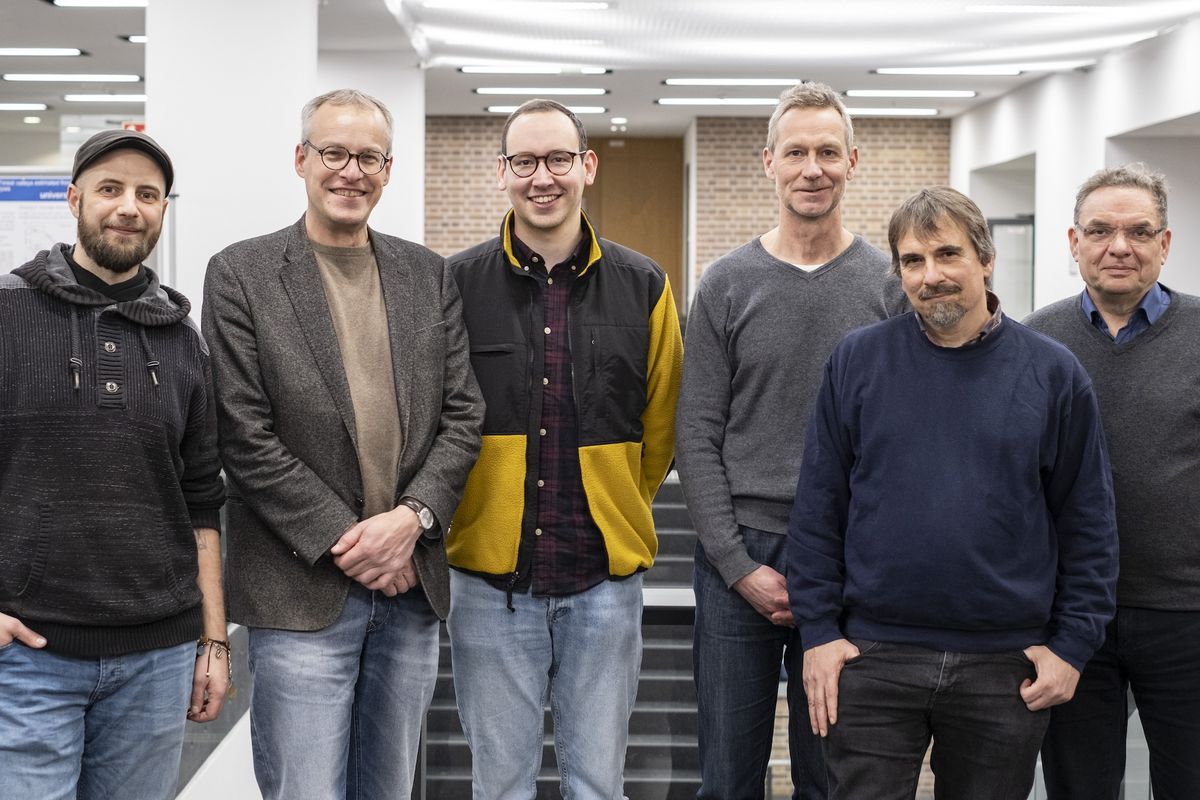Wiesent: Evolution of a human-dominated floodplain system: The Wiesent River System in the Northern Franconian Alb (Main catchment) in Early Middle Ages to Early Modern times
Riverine landscapes - sensitive ecosystems
Riverine landscapes and their associated floodplains are sensitive ecosystems and represent significant economic areas for humans. These landscapes are dynamic by nature and characterised by socio-environmental changes throughout history. In Central Europe, rivers and their floodplains have been subject to a direct (e.g. hydrotechnical installations) and indirect (e.g. sedimentation rate) transformation process especially since the Early Middle Ages. During this period, the direct socio-economic pressure on riverine landscapes became noticeable, with increased settlement and infrastructure activities, such as the establishment of water mills, the opening of valleys and floodplains for transportation on the river as well as on roads along the valleys and the intensification of the agricultural land use of floodplains. At the same time, agricultural intensification expanded throughout the fluvial catchment, causing soil erosion and therefore having a strong impact on the sediment load of the rivers, which significantly changed the floodplains’ morphology.
In consequence, at latest during the Middle Ages, natural dominated floodplains and ecosystems converted to dominant human floodplain systems. This transformation process was not unidirectional, but characterized by non-linear and complex feedback and adaptation processes, defining the human – environment interaction. In consequence, direct and indirect anthropogenic processes modified the floodplain, and vice versa, the modifying floodplain has had impacts on societies.
Major Aims
The project will focus on two main aspects:
- Human activities such as hydrotechnical installations, riverine and agricultural economy and their impact on the fluvial morphology, sediment flux and ecology of the floodplain environment, and
- social response and cultural adaptation to human induced changing floodplain environment.
Specifically, the following questions will be addressed:
- What was the extent of change within the valleys and floodplains?
- Is it possible to identify periods of intensified change?
- Which socio-ecological processes were responsible for the transformation from natural to anthropogenic dominated rivers and their floodplains?
Methodological Approach
Following a diachronically approach, the period from the Middle Ages until the Industrial Revolution will be investigated. As model region for this study, the mesoscale Wiesent River catchment (Main/Rhine catchment) and its tributaries of the Northern Franconian Alb in Bavaria/Germany is chosen. Here, high-resolution chronostratigraphical data on sediment fluxes and floodplain development are already available, a prerequisite to successfully follow the diachronic approach to disentangle the complex human – environment interaction.
To this end, both classical and innovative (semi-)quantitative methods such as phytolith analyses are applied in close cooperation between the applicants from the field of archaeology, historical geography and geomorphology/geoarchaeology.








